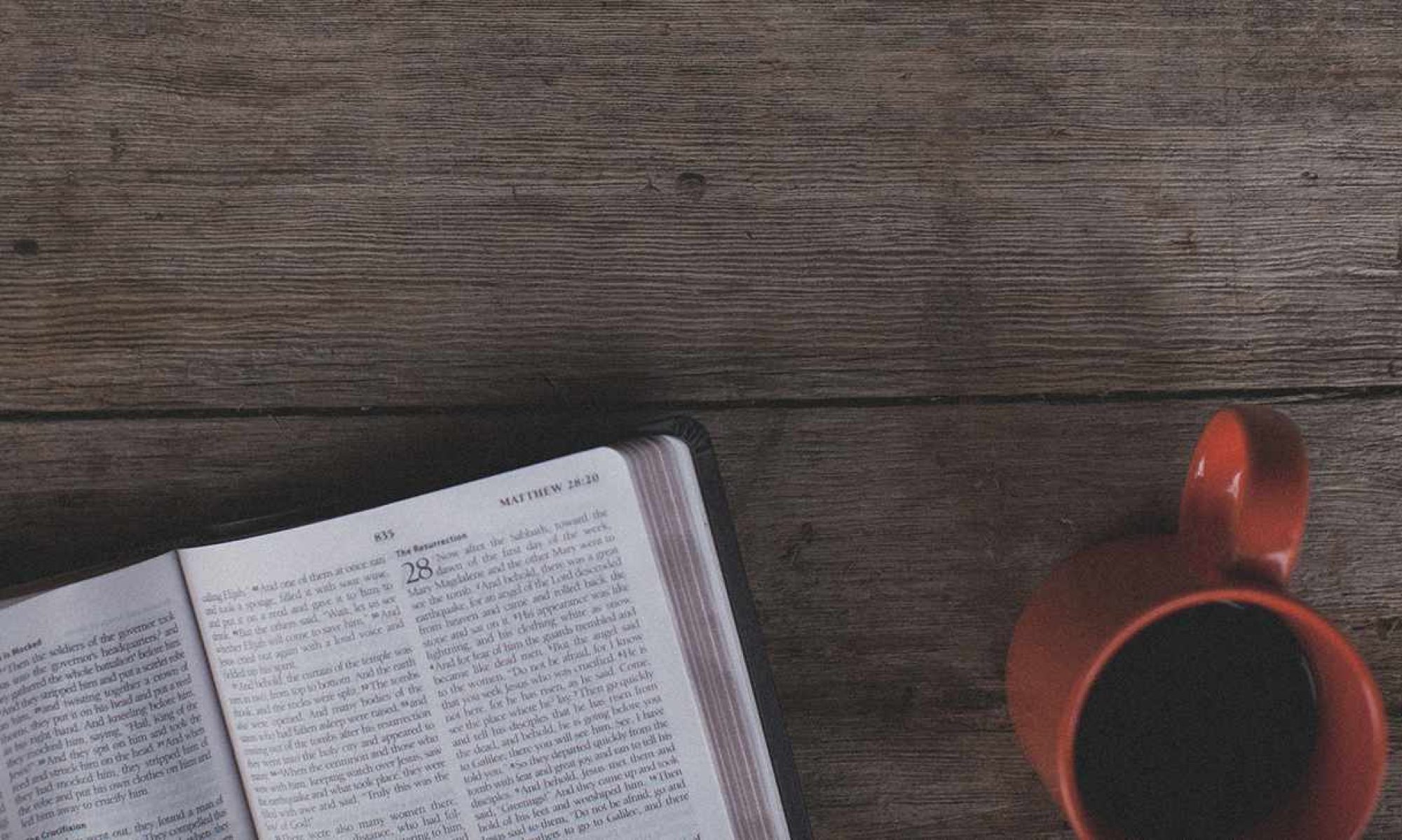Brothers and sisters,
By the time this gets sent out, the summer season will be upon us! Officially, summer begins on June 21st, though I think we can all agree that summer really begins about Memorial Day. Considering it’s been 90° plus all this week, I’m saying summer has begun! With it, come a lot of “summery” things to do. There’s a lot more grilling out that happens this time of year. A lot more trips to the pool, the lake, the ocean happen as well. Baseball is in full swing—pun fully intended.
Starting in a couple of weeks, I’m going to be preaching a sermon series that centers around various summer traditions we enjoy here in America. Basically, I’ll take a look at a tradition, talk about what I think that tradition sparks in us, and pair it with a passage from the scriptures that speaks to that idea. So, for example, on July 6th, we’re going to take a look at fireworks and the joy they inspire. I’ll pair that idea with a passage from 1 Thessalonians where Paul speaks about the joy of the Christian community. In so doing, I hope that we can connect our faith with some of these things we get used to doing year in and year out.
In addition to broader, American traditions, we have a tradition here at Hope Valley—three years going—of hosting local children for our Super Saturday Adventures! This year, we’re going to be teaching the kids stories from the Bible where animals play a big role. It should be a fun few weeks, as we show these children the love God has for them and the love this
church has for them as well. We also intend to send them out each Saturday with a better understanding of how they can do good things for God’s kingdom.
So, if you’re interested in helping out, the first Super Saturday Adventure is June 28th,
from 9:30 AM to 12:30 PM. We can always use adults who can walk around with the kids and help them participate fully in everything we have planned. If you know of any children who might be interested, they are invited! And if they can’t come this Saturday, they are more than welcome to jump in on either of the July dates (July 12th or 26th). This new tradition has worked wonderful ly in the past and I look forward to what God has in store for us and for these kids this year!
Grace and peace,
Pastor Ben

